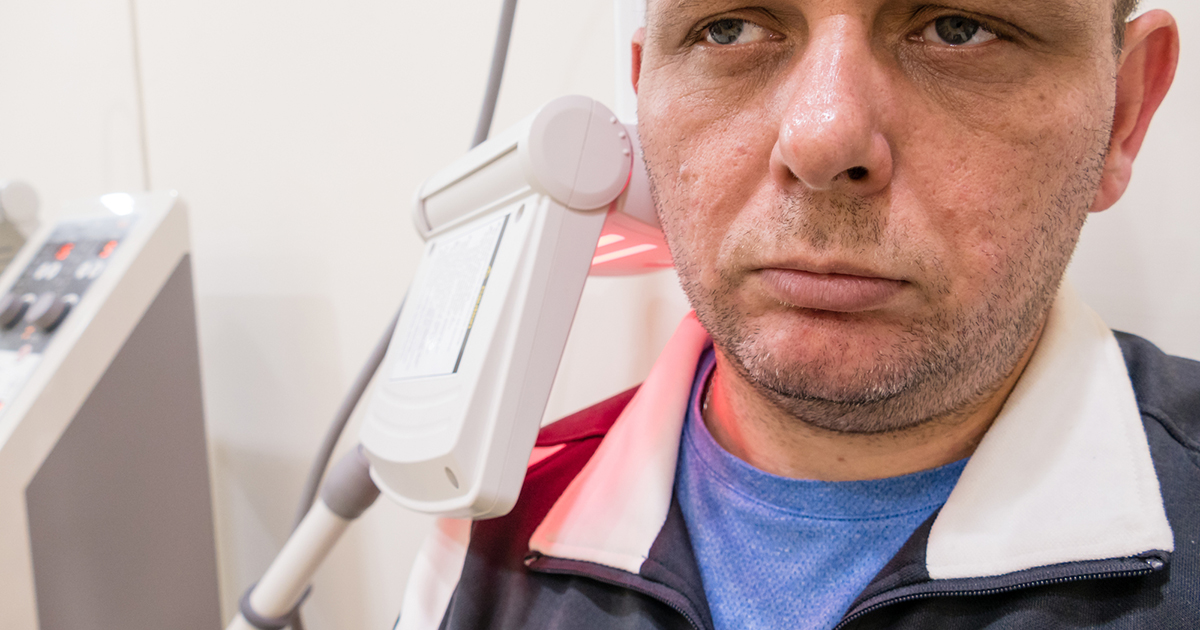Methods Of Treating Myofascial Pain Syndrome
Myofascial pain syndrome is a chronic condition that often develops if the patient has a job or hobby requiring repetitive movements like typing. It can also be caused by stress that makes muscles abnormally tense or by an injury, especially an injury that leads to immobilization, like a broken bone being in a splint or sling. The condition affects both the muscles and the fascia, which is the connective tissue overlying the muscles. Myofascial pain syndrome can affect a single muscle or group of muscles. Myofascial pain syndrome symptoms include a deep ache that persists or worsens, difficulty sleeping due to pain, and a tender knot in a muscle called a trigger point. If such pain does not go away after attempts at safe-care like rest, it’s time to see a doctor.
Get to know the different methods of treating myofascial pain syndrome now.
Massage

The physical therapist may use massage to relax tight muscles and relieve pain. There are many types of massage, and some are particularly helpful for easing pain caused by myofascial pain syndrome. In trigger point therapy, the therapist targets the actual trigger points. They will start by gently massaging the entire body seeking the tight or tense areas that indicate trigger points.
In some cases, the trigger points themselves won’t hurt, but they will cause pain in another part of the body, which is a phenomenon sometimes called 'referred pain.' After locating the trigger points, the therapist repeatedly puts pressure on them until they relax. Myofascial release is a similar technique. The patient can practice a variation of the techniques on their own by using rigid foam rollers on their limbs or back.
Continue to learn about the next method of treating myofascial pain syndrome.
Heat Treatment

Heat treatment, also known as therapeutic heating or thermotherapy, can also loosen muscles and relieve pain caused by myofascial pain syndrome. In fact, therapeutic heating is an effective treatment for many types of muscle pain, including trigger points. Heat feels reassuring and comforting, so its effects are partly psychological. It also penetrates beneath the skin’s surface and thus stimulates blood flow and other healthful reactions. Heat treatments can be local or systemic. An example of a local treatment would be the therapist placing a heat pack, hot water bottle, or something similar on the sore spot. A systemic treatment affects the entire body, and in systemic treatment, the therapist tries to raise the patient’s temperature with a steam bath or hot shower.
It's time to get to know the next method of treating myofascial pain syndrome.
